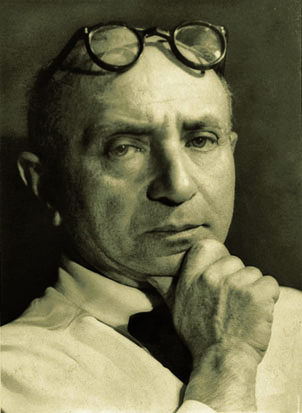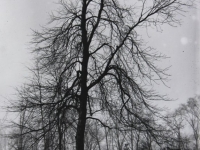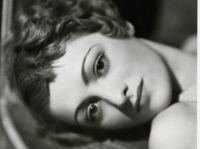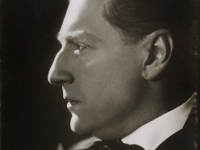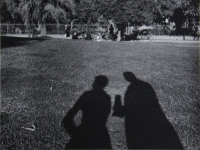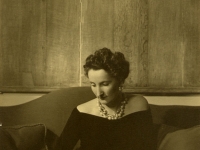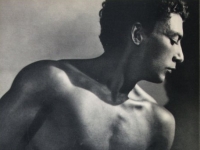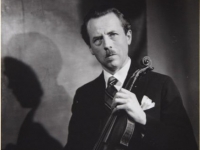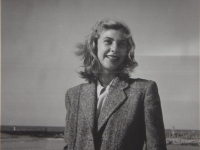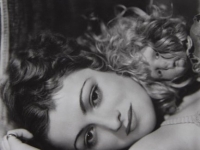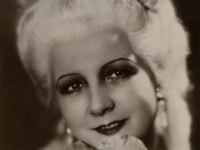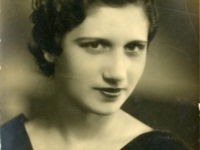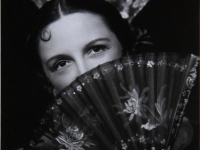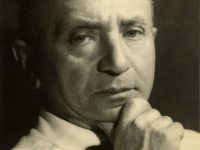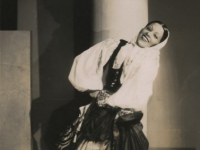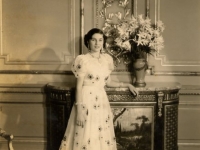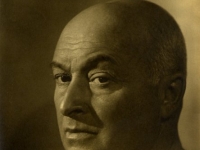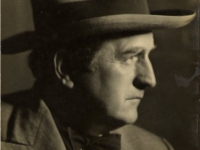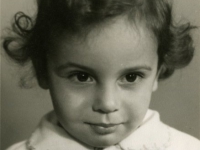Among the many Armenian photographers who worked in Egypt between 1880s and 1950s, the role of Aram Alban is of particular significance. He was a man who had an unusual and complex fate. Marked by a remarkable individuality and a striking talent, Alban left an undeniable trace on the history of photography in Middle East and was a key figure in the formation of especially Egyptian and Armenian modernist photography.
Fascinated by the camera from his teenage years and perhaps encouraged by his relatively affluent, middle class parents, Alban apprenticed the Alexandria-based photographers Belian and Tachjian. But by 1910 he was confident enough to open a studio of his own. Aware of the latest currents in European photography (Alban travelled there regularly), he successfully applied the soft-focus, glamorous style favoured by German pictorialist masters to his Egyptian clientele. This approach to portraiture, which transported the sitter into the realm of performance and fantasy, proved to be enormously popular, enabling Alban to move to Europe in early 1920s based on the profits from his Alexandria studio. He initially opened a studio in Brussels and only a few years later in Paris. Considering the huge number of exceptional studio and freelance photographers working in the French capital at the time, this achievement was nothing short of a triumph for the dwarfish-looking Armenian émigré. Fluent in at least four languages, an accomplished musician and a witty raconteur, Alban had no difficulty in attracting commissions from the world of fashion, theatre, film, the nobility and Royalty (Queens of Belgium and Egypt were among his regular clients).
Among Armenian photographers at the time, Alban was one of the very few who considered himself not simply a craftsman but an artist. Revolving in a milieu that included some of the greatest practitioners of the medium, he kept himself abreast of the latest developments in photography. Engaging fully with all aspects of modernity yet keeping a sober outlook, Alban achieved a style that looked avant-garde while remaining remarkably classicist. During the 1930s he was particularly enamoured of surrealism, utilising various experiments such as double exposures, solarisation and disorienting cropping to create startling yet beautiful compositions. The use of the shadow (often his own) was an especially favoured device through which he could transform a benign looking space or a situation into a narrative pregnant with tension and drama. His aesthetic was so digestible and successful that it influenced a number of younger photographers who either worked with him or saw his images in exhibitions and publications. His inclusion in the famous anthology ‘Formes Nues’ published in 1935 which included works by practically all the key figures in European photography at the time (Man Ray, Brassai, Dritkol, Kertesz, Moholy-Nagy and Dora Maar among others) consolidated his stature as a truly international master.
But age and the advent of WWII forced Alban to return to the relative tranquillity and comfort of Alexandria in 1940, relocated a while later to Cairo. The edgy, sensual and erotically charged brand of modernism that Alban developed in Europe, immediately began to have a ripple effect throughout the works of his mainly Armenian competitors. It is unquestionably from Alban that photographers such as Van Leo, Angelo and Armand draw their flamboyant and visually lush styles. One of Alban’s younger disciples, Andranik Kochar, implanted his invaluable and vibrant legacy amidst the artistically drab photographic context of Soviet Armenia, when he moved there in 1946.
Alban’s role in developing what came to be known as the ‘Cairo’ school of photography cannot be underestimated. As a mentor of numerous diasphoran Armenian practitioners he deserves to be known as one of the father figures in Armenian photography along with Abdullah Freres and Andranik Kochar. His oeuvre is exceptional in its celebration of the artistic potential of photography and its brilliant melange of Eastern and European aesthetic sensibilities.
BIBLIOGRAPHY:
Maria Golia, Photography and Egypt, Reaktion books, London, 2010, pp95-101.
Akram Zaatri, Portraits du Caire: Van Leo, Armand, Alban, Actes Sud, Beyrouth, 1999





